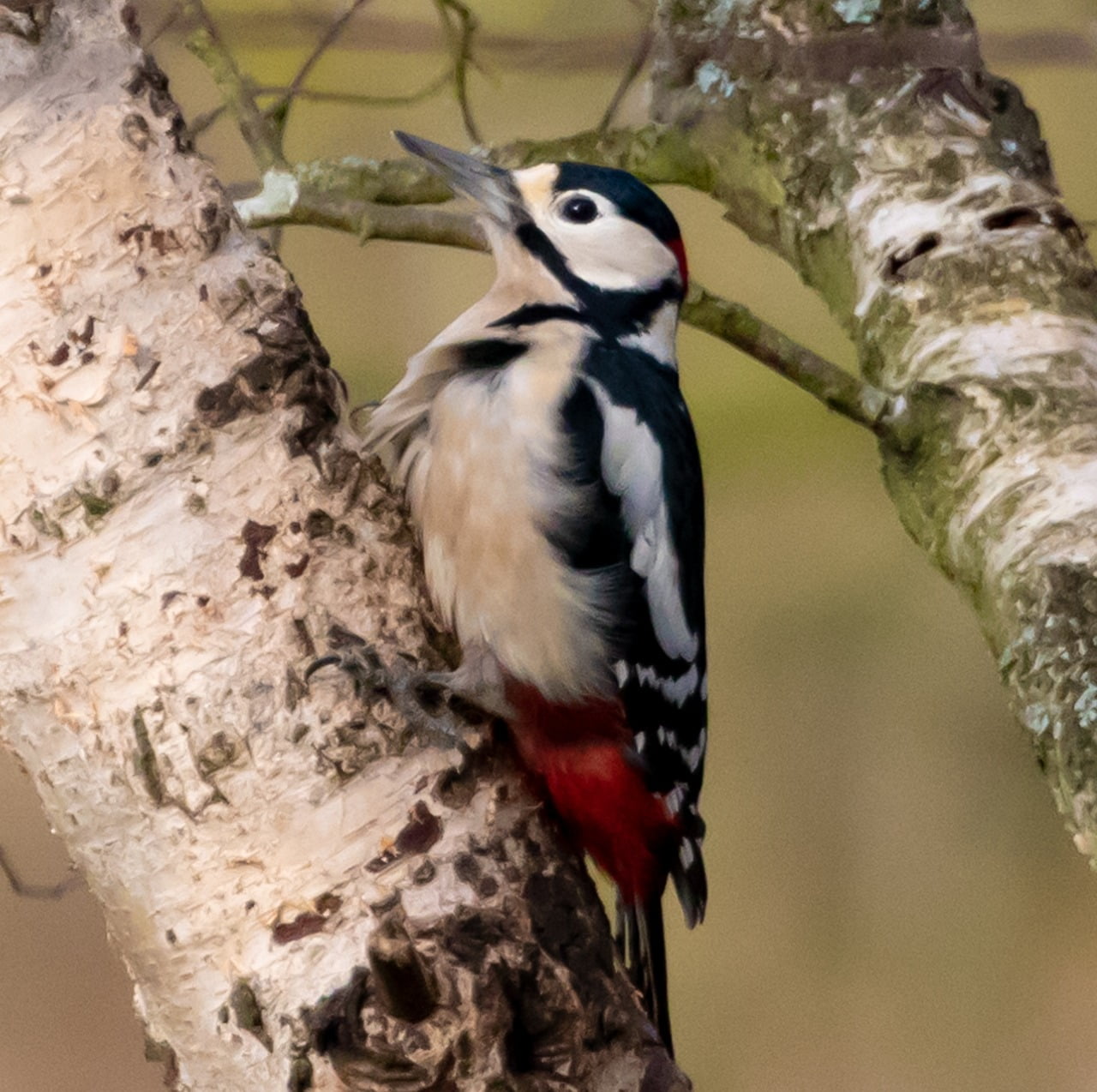
Planting silver birch tree
Silver birch (Betula pendula) is a popular deciduous tree known for its elegant appearance and numerous benefits. If you’re considering planting silver birch in your garden or landscape, this article will provide you with all the information you need. From the outline of the article to the step-by-step guide on plan Planting silver birch tree, we’ve got you covered.
Outline
Planting silver birch tree
- Introduction to Silver Birch Trees
- Benefits of Planting Silver Birch
- Choosing the Right Location
- Preparing the Soil for Planting
- Selecting and Planting the Tree
- Watering and Mulching
- Pruning and Maintenance
- Dealing with Common Issues
- Frequently Asked Questions (FAQs)
- Conclusion
Introduction to Silver Birch Trees
Planting silver birch tree, also known as European white birch, is a medium-sized deciduous tree native to Europe and parts of Asia. It is characterized by its distinctive white bark, slender branches, and delicate, triangular leaves. Silver birch trees are valued for their aesthetic appeal, as well as their environmental contributions.
Benefits of Planting Silver Birch
- Aesthetically pleasing: The silver-white bark of the birch tree adds a touch of elegance to any landscape.
- Shade and cooling: The canopy of a mature silver birch provides ample shade, making it an ideal tree for creating a cool spot in your garden.
- Wildlife habitat: Silver birch trees attract a variety of birds and insects, contributing to the biodiversity of your garden.
- Air purification: Birch trees help purify the air by absorbing pollutants and releasing oxygen.
- Erosion control: The extensive root system of silver birch helps stabilize soil and prevent erosion.
Choosing the Right Location
When selecting a location for your silver birch tree, consider the following factors:
- Sunlight: Silver birch trees thrive in full sunlight, so choose a spot with at least six hours of direct sunlight per day.
- Soil: Silver birch prefers well-drained soil that is slightly acidic. Avoid areas with heavy clay or waterlogged soil.
- Space: Ensure that there is enough space for the tree to grow to its full size without overcrowding other plants or structures.
Preparing the Soil for Planting
To create an optimal environment for your silver birch tree, follow these steps:
- Remove any weeds or grass from the planting area.
- Loosen the soil using a garden fork or tiller to improve drainage.
- Incorporate organic matter, such as compost or well-rotted manure, into the soil to enhance its fertility and structure.
Selecting and Planting the Tree
Follow these guidelines for selecting and planting your silver birch tree:
- Choose a healthy tree from a reputable nursery or garden center.
- Dig a hole that is two to three times wider than the tree’s root ball and slightly shallower than its height.
- Gently place the tree in the hole, ensuring that the root collar is level with or slightly above the soil surface.
- Backfill the hole with soil, firming it gently around the roots.
- Water the tree thoroughly to settle the soil.
Watering and Mulching
Proper watering and mulching are essential for the successful establishment of your silver birch tree:
- Water the tree deeply once a week, especially during dry periods, to keep the soil moist but not waterlogged.
- Apply a layer of organic mulch around the base of the tree to conserve soil moisture, suppress weeds, and regulate soil temperature.
Pruning and Maintenance
Silver birch trees generally require minimal pruning. However, you should remove any dead, damaged, or diseased branches as they appear. Pruning should be done during the dormant season to minimize stress on the tree.
Additionally, regular maintenance tasks include monitoring for pests and diseases, providing supplemental watering during droughts, and inspecting the tree for any signs of distress.
Dealing with Common Issues
Silver birch trees are relatively resistant to pests and diseases. However, they can be susceptible to the following issues:
- Birch leafminer: These small insects can cause leaf damage. Regularly inspect the leaves and use appropriate insecticides if necessary.
- Bronze birch borer: This beetle can cause severe damage to birch trees. Maintain tree health and promptly treat infestations to prevent its spread.
- Powdery mildew: Fungal disease that can affect the leaves. Improve air circulation around the tree and apply appropriate fungicides if needed.
Conclusion
Silver birch trees are a beautiful addition to any landscape, offering aesthetic appeal and environmental benefits. By following the steps outlined in this article, you can successfully plant and care for a silver birch tree in your garden. Enjoy the elegance and benefits this remarkable tree brings to your outdoor space.
FAQs (Frequently Asked Questions)
- Can silver birch trees tolerate cold climates?
Yes, silver birch trees are hardy and can withstand cold temperatures. - Do silver birch trees attract birds?
Yes, silver birch trees attract various bird species, making them great for birdwatching. - How fast does a silver birch tree grow?
Silver birch trees have a moderate growth rate, typically reaching a height of 40 to 60 feet within 20 years. - Are silver birch trees suitable for small gardens?
Yes, there are compact varieties available that are suitable for smaller spaces. - Do silver birch trees have any special soil requirements?
Silver birch trees prefer well-drained soil that is slightly acidic, but they can adapt to different soil types.